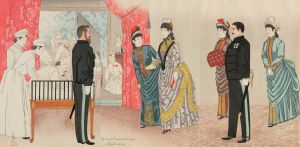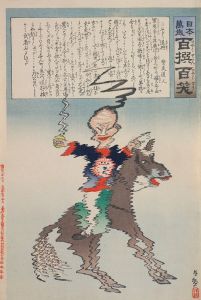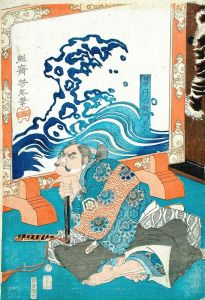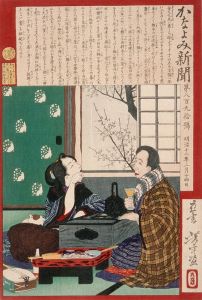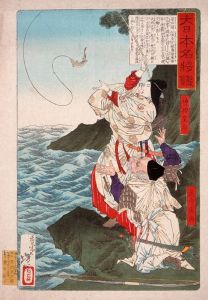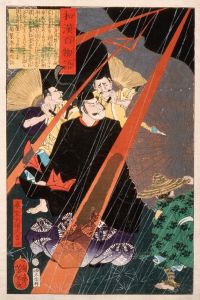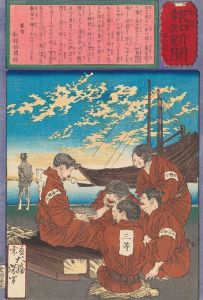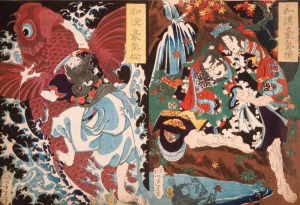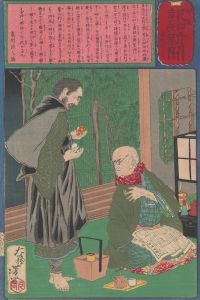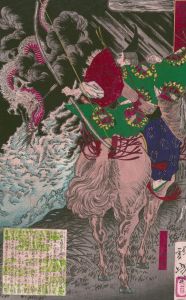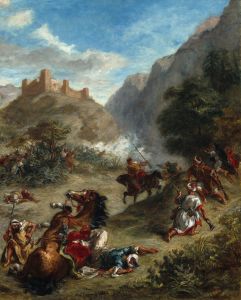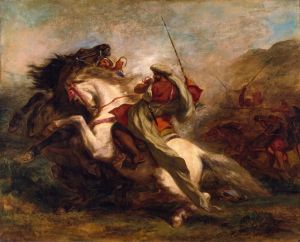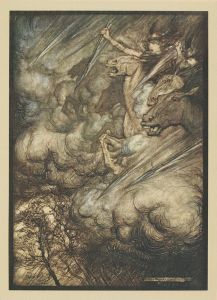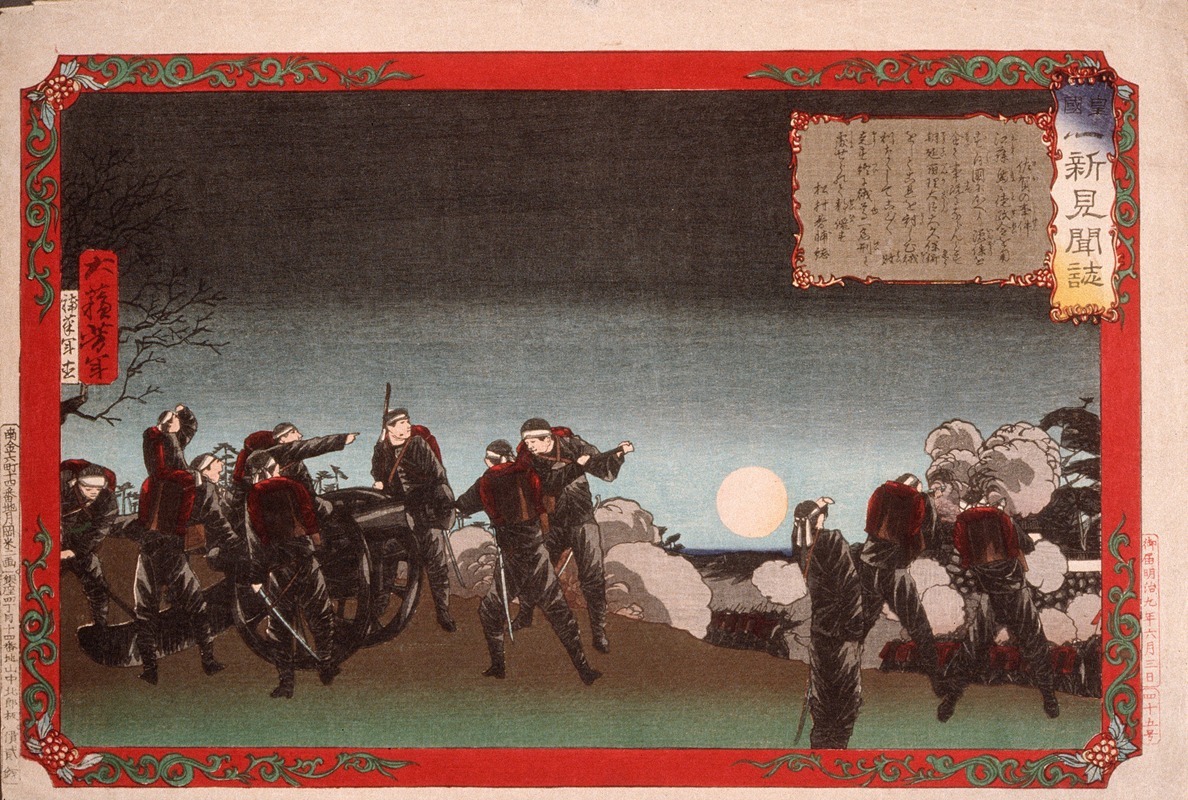
The Saga Incident
A hand-painted replica of Tsukioka Yoshitoshi’s masterpiece The Saga Incident, meticulously crafted by professional artists to capture the true essence of the original. Each piece is created with museum-quality canvas and rare mineral pigments, carefully painted by experienced artists with delicate brushstrokes and rich, layered colors to perfectly recreate the texture of the original artwork. Unlike machine-printed reproductions, this hand-painted version brings the painting to life, infused with the artist’s emotions and skill in every stroke. Whether for personal collection or home decoration, it instantly elevates the artistic atmosphere of any space.
The Saga Incident by Tsukioka Yoshitoshi is a woodblock print created by the renowned Japanese artist Tsukioka Yoshitoshi, who is widely recognized for his contributions to the ukiyo-e genre during the late Edo and early Meiji periods. Yoshitoshi is celebrated for his innovative approach to traditional Japanese woodblock printing, often incorporating elements of drama, emotion, and historical narrative into his works.
The Saga Incident, also known as the Saga Rebellion, occurred in 1874 and was a significant event in Japan's Meiji era, a time marked by rapid modernization and political change following the end of the Tokugawa shogunate. The rebellion was led by Eto Shinpei, a former samurai and government official who became disillusioned with the new Meiji government's policies, particularly its approach to the samurai class and its rapid Westernization efforts. Eto and his followers, primarily disaffected samurai, sought to challenge the government's authority and restore some of the traditional values and structures that were being dismantled.
Yoshitoshi's depiction of the Saga Incident captures the tension and conflict of this historical moment. His work often reflects a deep understanding of the cultural and social upheavals of his time, and The Saga Incident is no exception. The print likely illustrates key figures and moments from the rebellion, emphasizing the drama and intensity of the confrontation between the rebels and government forces. Yoshitoshi's style is characterized by dynamic compositions, vivid colors, and expressive figures, all of which contribute to the emotional impact of his work.
Yoshitoshi's career spanned a period of great change in Japan, and his art often reflects the complexities of this transition. He is known for his ability to blend traditional Japanese artistic techniques with new influences, creating works that resonate with both historical significance and contemporary relevance. His prints frequently explore themes of heroism, tragedy, and the supernatural, drawing on a rich tapestry of Japanese folklore, history, and mythology.
The Saga Incident is part of Yoshitoshi's broader body of work that includes series such as "One Hundred Aspects of the Moon" and "New Forms of Thirty-Six Ghosts," which further demonstrate his mastery of the woodblock print medium and his ability to convey powerful narratives through art. While specific details about the individual print of The Saga Incident may be limited, it stands as a testament to Yoshitoshi's skill in capturing the essence of historical events and the human emotions intertwined with them.
Overall, Tsukioka Yoshitoshi remains a pivotal figure in the history of Japanese art, and his works continue to be studied and appreciated for their artistic merit and historical insight. The Saga Incident, like many of his prints, offers a window into the turbulent times of the Meiji Restoration and the enduring legacy of the samurai in Japanese culture.





